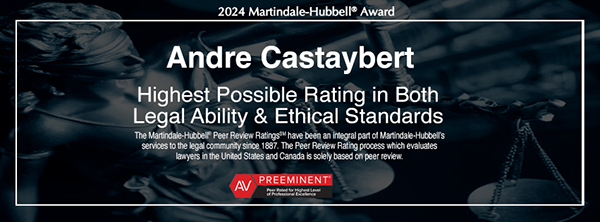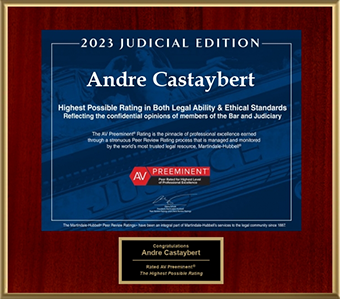Insights & Tips
When the original version of a mark is replaced with a newer or updated version there is a risk that a third party can claim the mark has been abandoned. For purposes of determining priority there is a risk that the new version may be so altered so as …
The owner must take action against third party infringers of the mark. In short the owner must “police” his mark. Failure to prosecute infringers can substantially weaken the strength of the mark and thus the owner’s ability to stop future unauthorized …
While a trademark can be licensed to another by the owner, the owner must exercise control over the quality of the licensee’s goods. Therefore, in order for the owner to license its mark and keep ownership of it at the same time, certain responsibiliti …
Trademark rights can also be lost when the mark is used as the generic name for a product or service and thus ceases to serve its function of identifying the source (and quality) of the product or service. When a trademark owner itself uses the mark as …
Because trademark rights are based on use, when a trademark owner discontinues its use of a mark, this can result in abandonment. However, the fact that use of the mark has stopped does not, by itself, mean that it has been abandoned. In order for a ma …
Unlike copyrights or patents which have a limited life, trademarks, at least theoretically, can exist indefinitely. However, under certain circumstances, trademarks can be “lost.” A trademark is “lost” when it ceases to identify the origin or quality o …
The T and SM symbols are symbols that a trademark owner may use to indicate that a term is considered a trademark (T) or service mark (SM) when the term has not been registered. Use of these symbols puts third parties on notice that trademark rights ar …
The ® symbol may only be used in connection with marks that are registered with the PTO and only when used in connection with the goods or services covered by the registration. The symbol should be displayed next to the word, logo, or drawing which is …
A federal trademark registration can become incontestable if the mark has been used continuously for any consecutive five-year period after registration upon the filing of a Declaration of Incontestability. Accordingly, either simultaneously with the f …
Yes. Pursuant to Section 8 of the Lanham Act, the owner of a trademark registration is required to periodically submit a declaration attesting to and demonstrating that the mark is still in use in commerce. The Declaration of Use must initially be subm …
Yes. Trademark registrations that issued or were renewed on or after November 16, 1989, must be renewed every ten years. The renewal application is due on the tenth anniversary of registration. The initial renewal period for registrations that issued b …
Section 2 of the Lanham Act prohibits registration of a mark that: Consists of or comprises immoral, deceptive or scandalous matter (Example: Dick Heads and design of male genitalia for restaurant services). Consists of matter which may disparage or fa …







